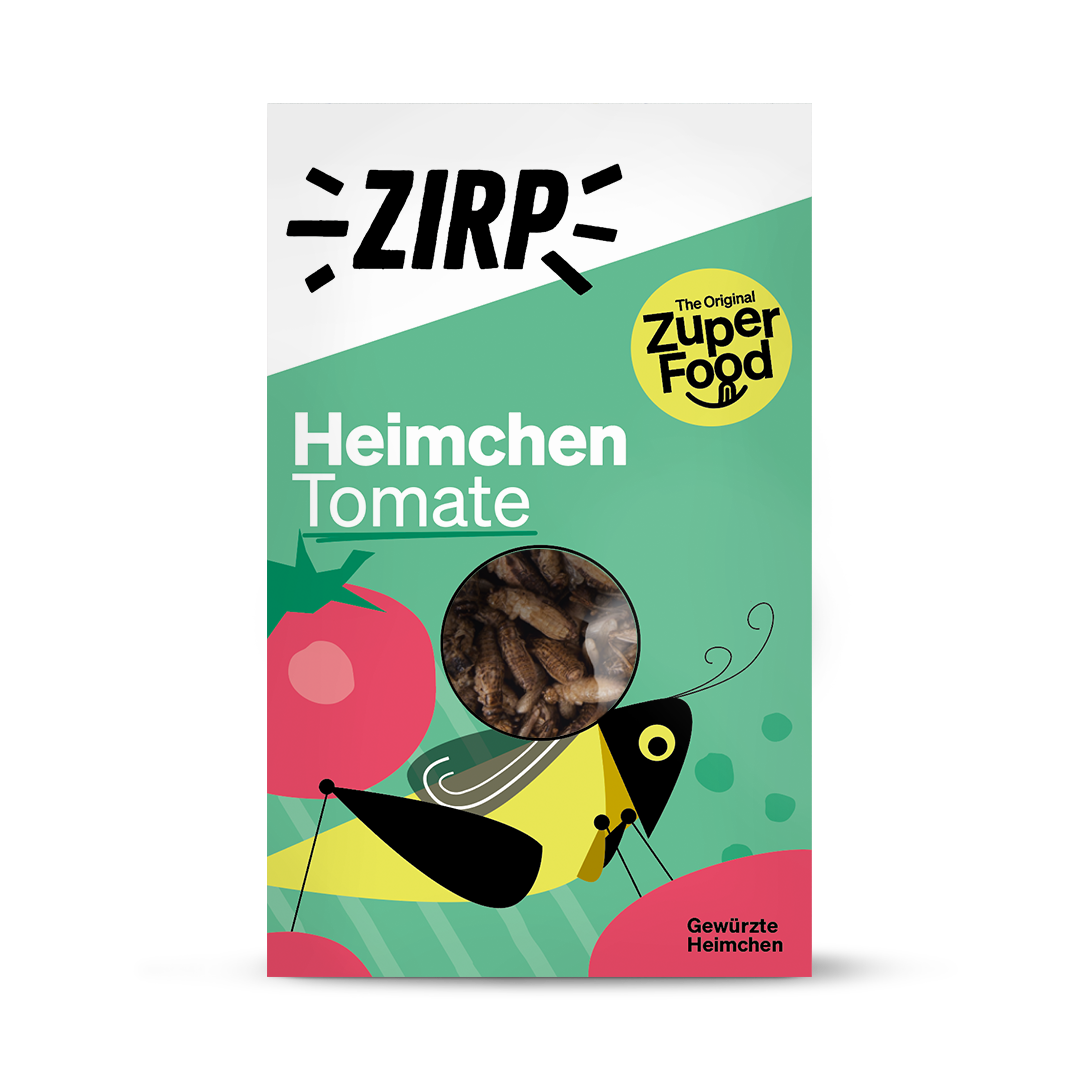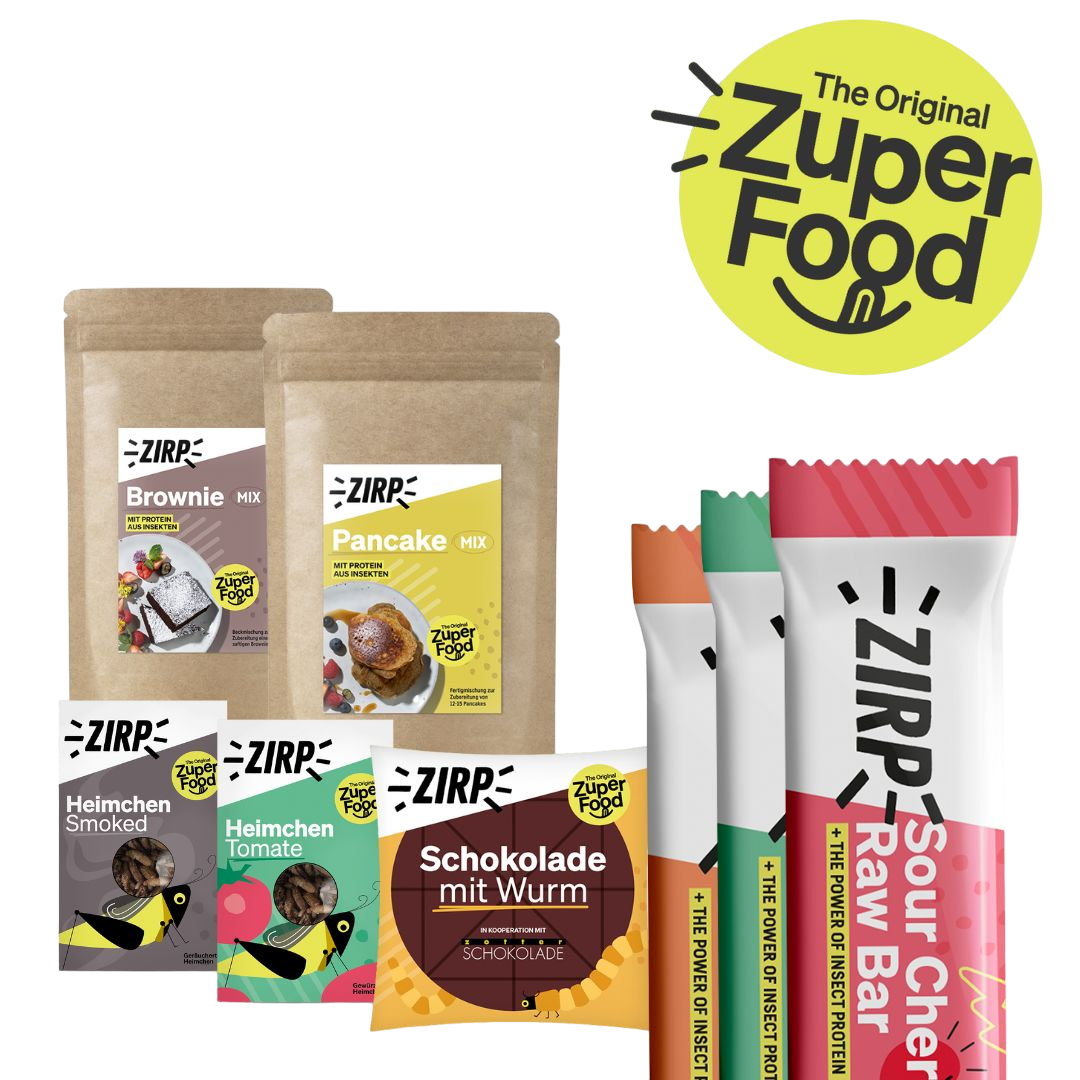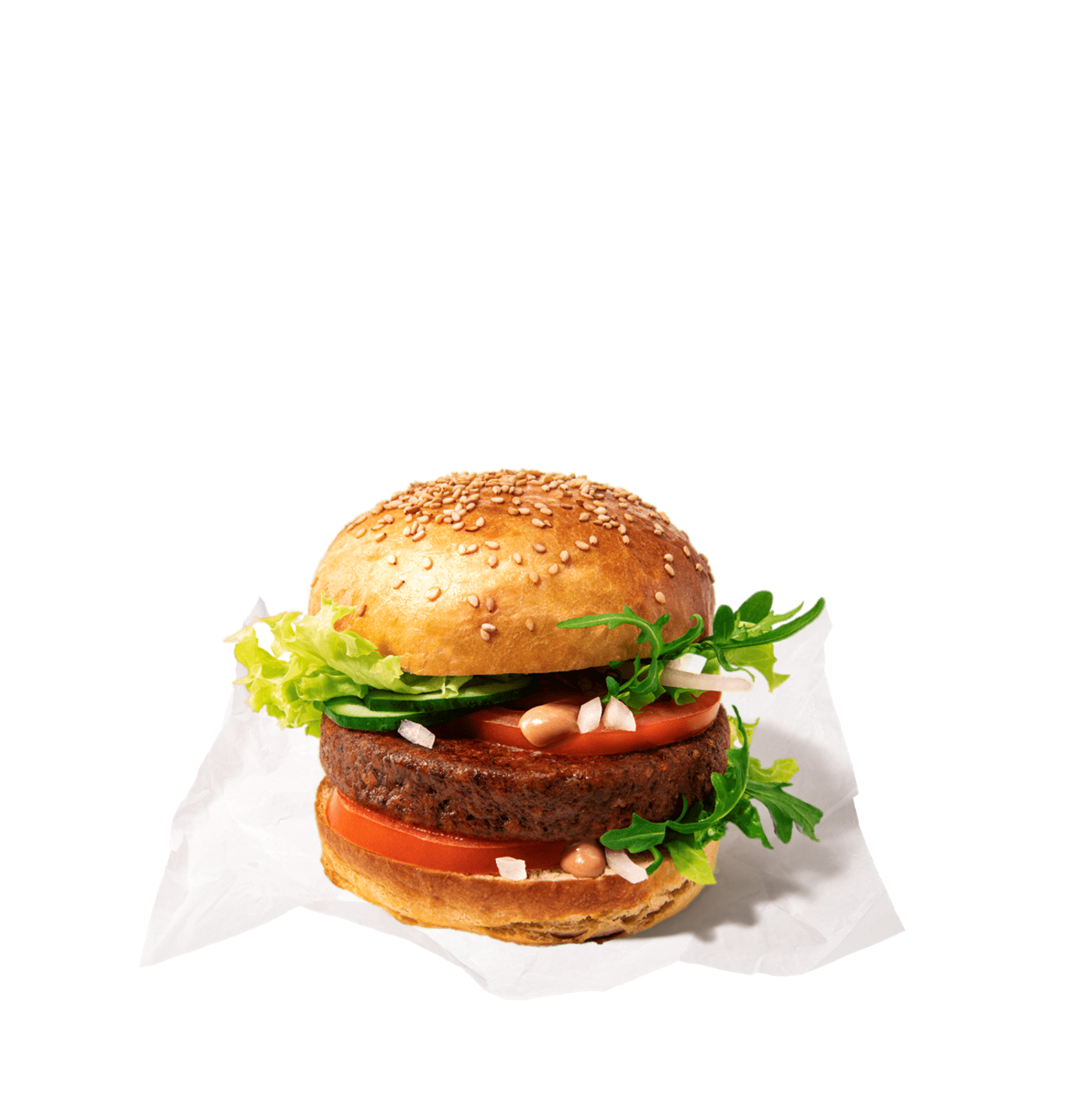It is becoming increasingly clear that to address the pressing issues of food supply in the long term, we need to look beyond the ingredients and foods we are used to and habitually choose. This is primarily a problem for Western countries, yet whose consequences are global and affect all of us—but the solution may be right in front of our eyes. ZIRP, with a bold mission, could be leading the way.
Week after week, new food tendencies are emerging. Perhaps two main trends can be identified—one is strictly technological, where various means are used to manipulate or modify existing raw materials, sometimes even from the seed, for example, by adding artificial substances. The aim may be to increase crop yields or to enrich nutritional value, but this raises many questions—for example, although we are able to increase the yields of soya farms, many traits that would otherwise make it attractive to us may be compromised by genetic modification. The other way is regarded more natural by many with a ‘back to the roots’ approach—the cultivation of ancient crops such as sorghum, einkorn wheat, emmer, and landrace vegetables (which in Hungary is carried out by the ÖMKI, the Research Institute of Organic Agriculture), the spread of permaculture gardens, sustainable plant breeding, and organic farming. These are not just catchy marketing terms, but are based on solid expertise and research, and their aim is to provide solutions that are environmentally friendly, scalable, and beneficial to people/humanity.

This often leads to a discourse that seeps down into everyday life, to the consumer level. For instance, one major debate is responsible meat consumption versus veganism/wholefood plant-based diet. There are pros and cons to both, but the truth often lies in the middle. Something like this must have been on the minds of Thomas Bibaritsch and Christoph Thomann when they started researching the possibility of farming edible insects in Central Europe more than 10 years ago. Tom studied environmental management and worked on sustainability and bio-resource-based projects in Vienna. He became deeply interested in nutrition and alternative sources of protein, so he dug deeper into the subject.

But why insects? If we look beyond our comfort zone, we realize that we have been eating them for thousands of years all over the world. In Africa, Central and South America, or Asia, it is not at all unusual to find a crispy fried locust or even a larvae (entomophagy is the proper name for eating insects) on your plate, but it is also used as a coloring agent or additive by the global food industry. Nearly 1,900 varieties, suitable for human consumption, are considered by the UN Food and Agriculture Organization (FAO) to be a healthy food source, as they are high in fat, protein, vitamins, fiber, and minerals and many contain all the essential amino acids. They have low-calorie content and are particularly rich in vitamin B12. In addition, their production results in a reduced ecological footprint (much less water or fodder, and less agricultural land is needed) than, for example, cattle farming, which leads to high carbon emissions. Insects are also almost 100% edible, so they have a lot of potential.

Christoph and Tom created ZIRP with this global perspective in mind and launched it to the public in 2017. However, rather than sticking to insect protein or flour and ‘hiding’ in other brands’ products, they boldly stepped up and started building a broad portfolio. They started with whole insects serced as snacks, but the range is now very wide. You can still get mealworms or crickets in different flavors, but also flour mixes (e.g. brownie or falafel) and even a burger patty called Zuper Burger with 38% buffalo worm content. The insects that provide the ingredients come from European sources, the by-products of the food industry (brewer’s grain, bran) are their fodder, and they are not given any medicines or antibiotics. This ‘think global, act local’ attitude makes the company very appealing, as well as the fact that their operations are completely transparent. They are constantly educating the public, and running cooking courses, so it is no coincidence that they have quickly become popular and have been listed by major Austrian and German food chains such as Billa. In addition, their protein bars are also available in various sports shops, but they have also partnered with well-known brands such as the bean-to-bar chocolate brand zotter, creating the ZIRP x zotter chocolate with insect topping.

ZIRP is not just an unconventional, clickbait idea and is not just for one sector, such as sustainable cuisine, vegetarians, or paleo dieters, but for everyone who wants to eat more health and environment-consciously and is open to a global, and otherwise delicious, dialogue. While the products are currently only available to order in Hungary, if you’re on a trip to Vienna, you can easily purchase them in a grocery store, sports shop, or the Australian pub, Crossfield’s—their taste and nutritional content are outstanding, making them a truly comprehensive, even global solution for today and the long term.

Homeliness among concrete pillars | Plus One Architects

Like a culinary exhibition










